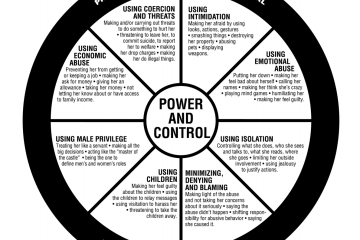Everything You Need to Know About ADHD

Introduction to ADHD
Attention Deficit Hyperactivity Disorder (ADHD) is a neurodevelopmental disorder that affects millions of children and adults globally. Characterised by symptoms such as inattention, hyperactivity, and impulsivity, ADHD plays a significant role in both personal and professional environments. Understanding ADHD is crucial for ensuring timely diagnosis and effective management, which can greatly enhance the quality of life for those affected.
Recent Developments in ADHD Research
Recent studies indicate that the prevalence of ADHD has notably increased, with the Centers for Disease Control and Prevention (CDC) reporting that approximately 6.1 million children aged 2-17 years have been diagnosed with the disorder in the United States alone in 2020. Ongoing research has linked genetic predispositions and environmental factors as contributing elements to ADHD, leading to improved diagnostic criteria and awareness campaigns aimed at supporting those with the condition.
Symptoms and Diagnosis
ADHD symptoms can manifest differently in individuals and can be generally categorised into two types: inattention and hyperactivity/impulsivity. Symptoms of inattention include difficulty sustaining attention, forgetfulness, and disorganisation, while hyperactivity symptoms may include fidgeting, excessive talking, and difficulty remaining seated. Accurate diagnosis typically involves a comprehensive assessment by healthcare professionals, which may include behavioural evaluations and input from parents or teachers.
Treatment Options
The management of ADHD usually involves a multimodal approach. Behavioural therapy has been shown to be highly effective, especially for younger children, focusing on modifying behaviour through positive reinforcement techniques. For older children and adults, medication may also be prescribed, with stimulants like methylphenidate being most commonly used. However, there is growing interest in non-stimulant medications and alternative therapies, such as cognitive behavioural therapy, which show promising efficacy with fewer side effects.
Looking Ahead
As our understanding of ADHD continues to evolve, the need for tailored approaches in treatment and intervention becomes increasingly clear. Recently, there have been promising advancements in technological interventions such as digital therapeutic programs and apps aimed at aiding individuals with ADHD in managing their symptoms. It remains vital for friends, families, and educators to foster a supportive environment, recognising and validating the challenges faced by those with the disorder.
Conclusion
ADHD is a complex disorder, but with the right support and understanding, individuals can lead fulfilling lives. As research progresses and awareness grows, there is hope for improved outcomes through innovative treatments and community support.









